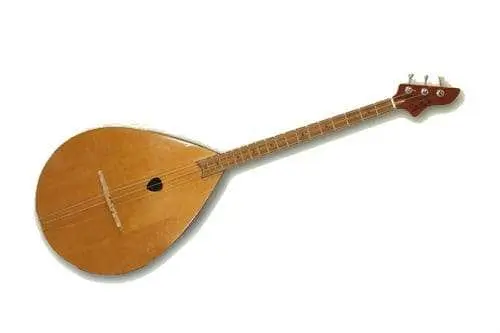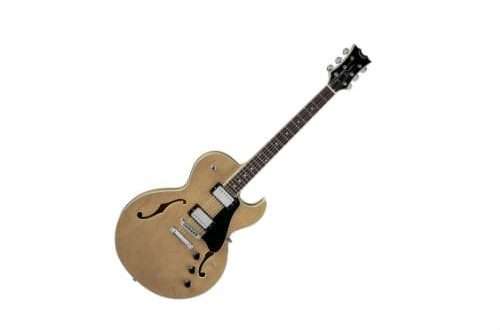
Dumbyra: instrument structure, history, build, use
Folklore occupies a special place in the Bashkir cultural tradition. Several millennia ago, Bashkir storytellers sesens wandered the lands, talking about their native land, and at home – about their travels, the customs of other people. At the same time, they accompanied themselves with the help of a stringed plucked musical instrument dombyra.
Structure
The oldest specimens were made of dugout wood. The teardrop-shaped soundboard with a resonator hole in the upper part ends with a narrow neck with 19 frets. The length of the national Bashkir instrument is 80 centimeters.
Three strings are attached to the headstock, and they are fixed with buttons on the bottom of the body. In the modern composition, the strings are metal or nylon, in the old days they were made from horsehair.

The structure of the dumbyry is a quinto-quart. The bottom string produces a bourdon sound, only the top two are melodic. During the Play, the musician sits or stands, holding the body obliquely with the fingerboard up, and simultaneously strikes all the strings. The playing technique is reminiscent of balalaika.
History
Dumbyra cannot be called a unique or original representative of the plucked string family. Many Turkic peoples have similar ones, but they have different names: the Kazakhs have a dombra, the Kyrgyz have a komuz, the Uzbeks called their instrument “dutar”. Between themselves, they differ in the length of the neck and the number of strings.
The Bashkir dumbyra existed about 4000 years ago. She was an instrument of travelers, storytellers, songs and kubairs were performed under her sound – poetic recitative tales. Sesen traditionally sang the national spirit, the freedom of the people, for which at the end of the XNUMXth century they were actively persecuted by the tsarist authorities. The storytellers gradually disappeared, and the dumbyra fell silent with them.
The instrument of the freedom-loving sesens was replaced by the mandolin. Only at the end of the last century began its reconstruction, which was based on the surviving descriptions, testimonies, drawings. The musician and ethnographer G. Kubagushev managed not only to restore the design of the national dombyra, but also to come up with his own version, similar to the Kazakh domra-viola. More than 500 works were written for her by the Bashkir author N. Tlendiev.
Currently, interest in the dumbyra is reappearing. Young people are interested in her, so it is quite possible that very soon the national musical instrument will sound again, singing the freedom of its people.





